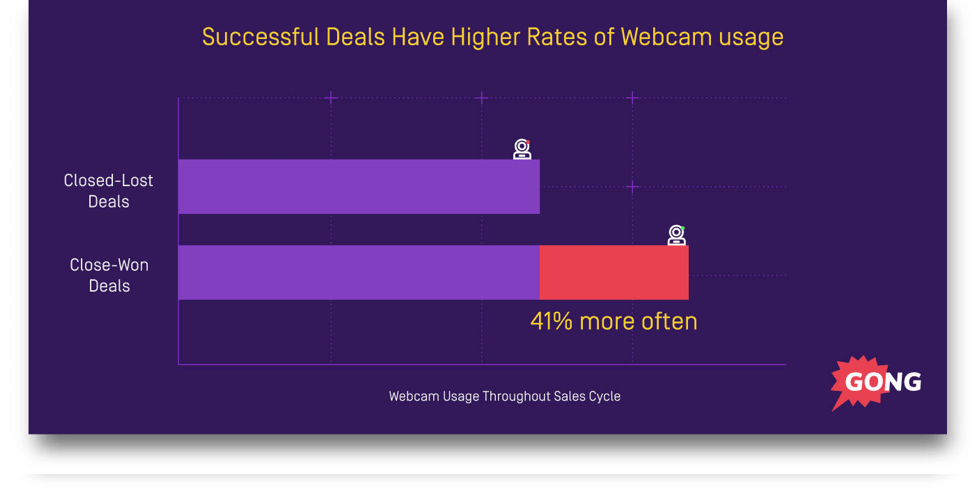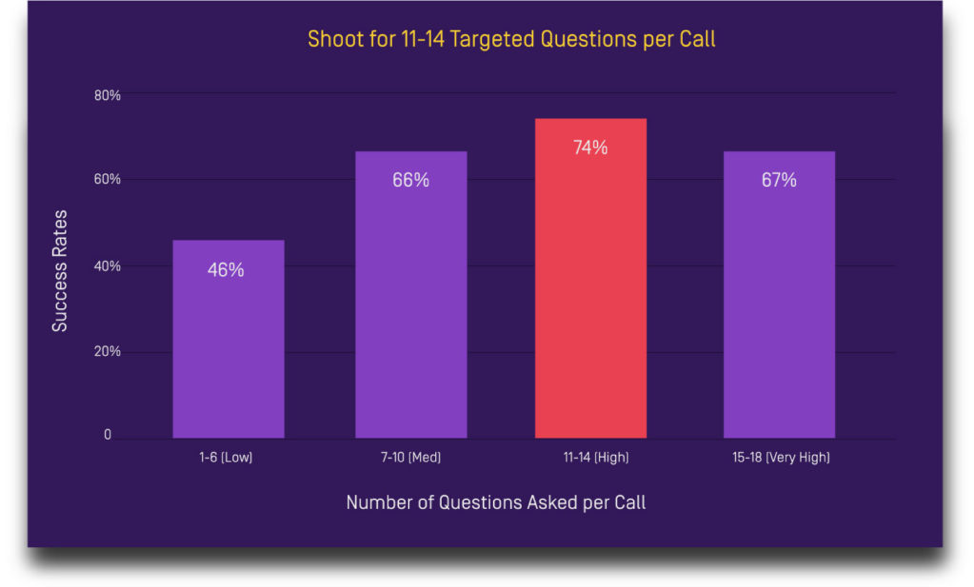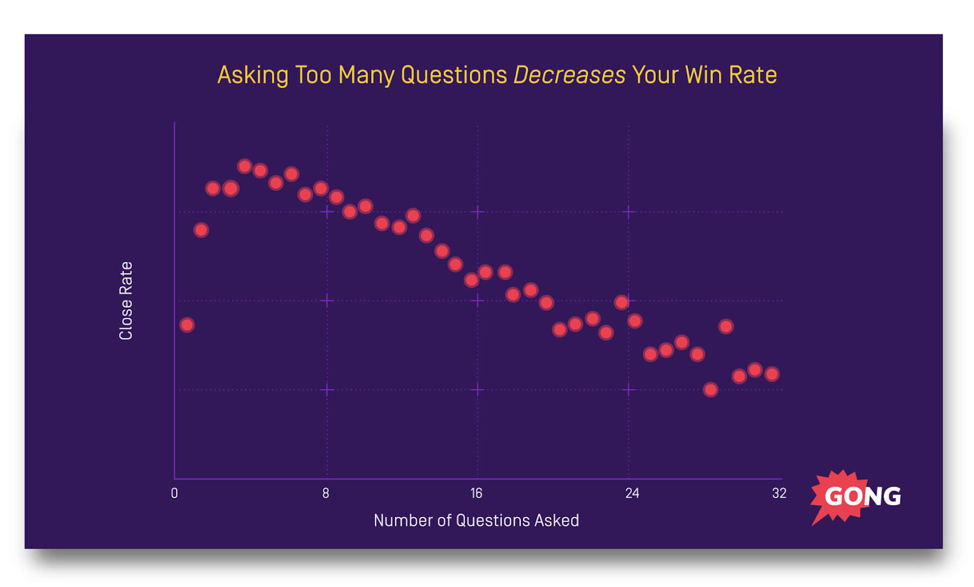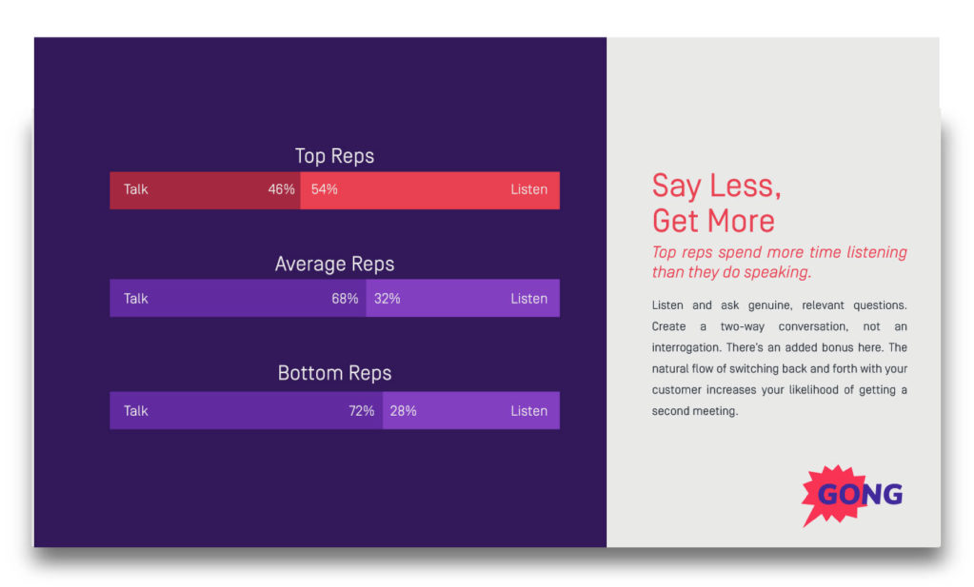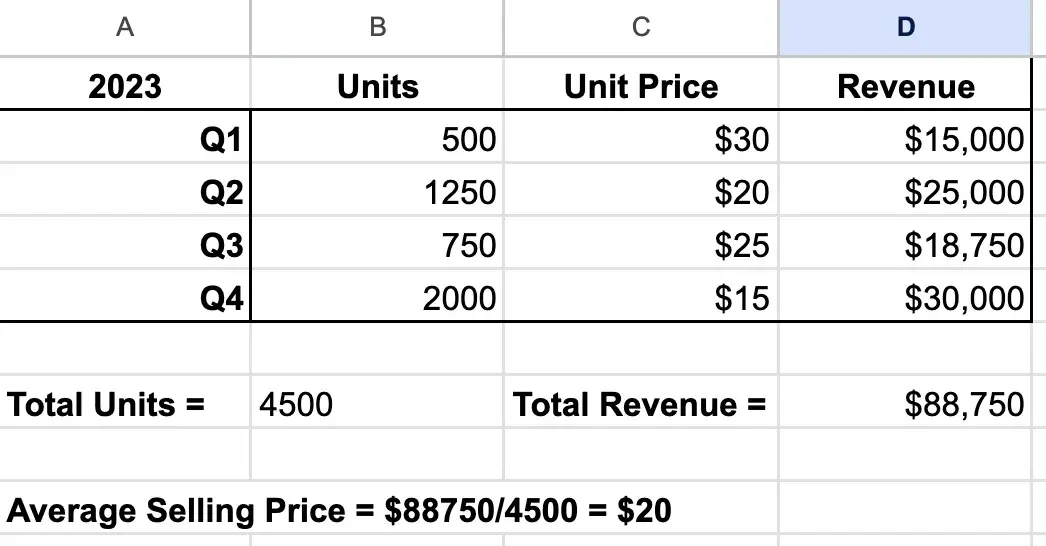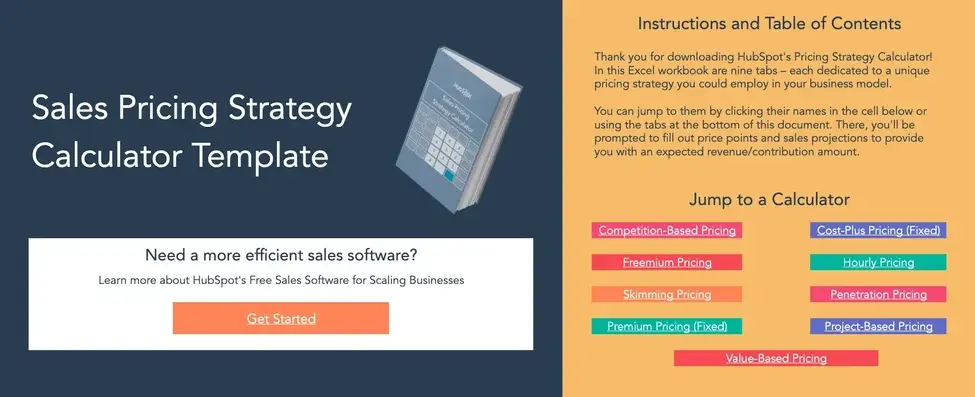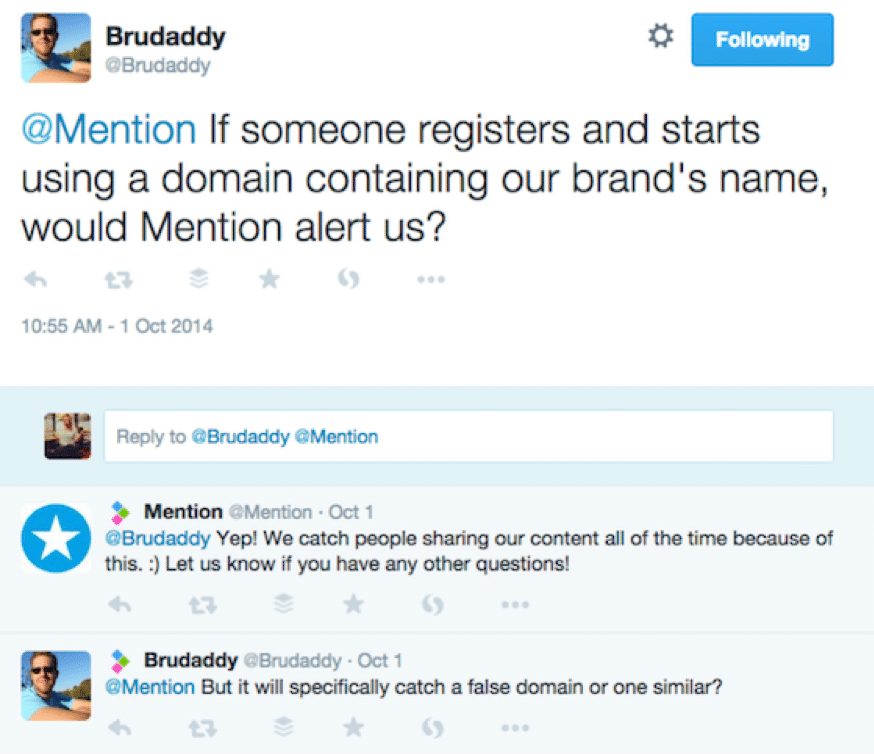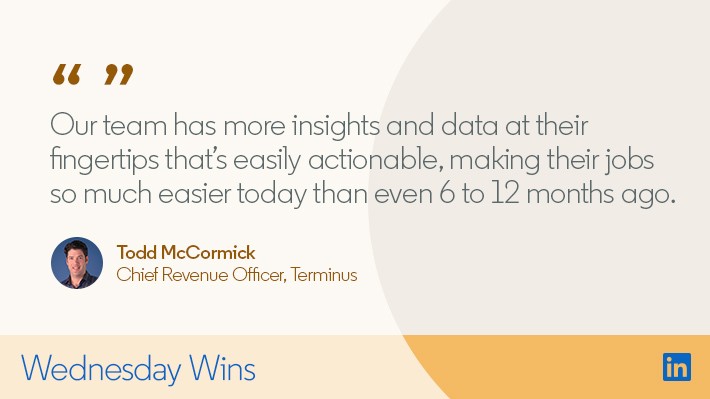Wondering why a marketer is writing about business development? It’s because I’ve learned that business development is more than just a fancy term for sales.
Business development is actually a company-wide strategy that brings every department on the same page — including marketing and sales.
So grab a comfy chair, get a cup of coffee (or something stronger), and let's dive headfirst into the world of business development planning.
Table of Contents
Business Development Planning
Business development planning is the process of creating a roadmap for your company’s growth and success. I think of it as a treasure map that lets you navigate the treacherous waters of the business world to find the buried treasure (aka long-term profitability).
That said, just like in a treasure hunt, you must also perform a series of steps to ensure you end up with a treasure in your hands:
-
Market analysis. Research the industry, competitors, and target audience to uncover opportunities and potential challenges.
-
Goal setting. Business development planning is incomplete without measurable goals, as the individual department members can’t see where to go without a big, red “X” on the map.
-
Strategy development. Create a game plan for reaching your goals, including tactics for marketing, sales, and partnerships.
-
Resource allocation. Ensure you have the team, budget, and tools to make your journey a success.
-
Performance tracking. To ensure you’re headed in the right direction, check your compass (metrics and KPIs).
While that’s enough of Jack Sparrow — or Captain Jack Sparrow — let’s dig deeper into how to develop a business development strategy.
How to Develop a Business Development Strategy
1. Define your business objectives.
While you might want to settle with “make more money than last year,” you need to define your wishes into clear objectives to have a shot at achieving them. So, whether your business objective is to reach a revenue figure, develop a new product, or expand into a new geographic region, lay it out.
To come up with clear business objectives, I recommend going SMART:
- Specific.
- Measurable.
- Attainable.
- Relevant.
- Time-Bound.
For instance, if you own an ecommerce company, you might define your business objective as: “Increase average order value by 15% in the next six months by implementing a personalized product recommendation system and offering bundled deals.”
If you’re having a hard time coming up with SMART business objectives, I find HubSpot’s free template for SMART goal setting incredibly helpful for getting started.

2. Conduct market research.
You might think that you know your market inside out, but let’s face it — assumptions can be dangerous.
In fact, Amy Kauffman, chief marketing officer at CMO Room, shares that, “The biggest mistake I see companies make when developing their business strategy is not doing enough market research upfront. Many founders are overconfident in their product or idea and assume that if they build it, customers will automatically come."
Put on a pair of X-ray glasses to see what’s really going on beneath the surface. Find out what your customers want, how much potential the target market has, and what your competitors are up to.
At this point, I typically scour industry reports, government statistics, and online databases. If you wish to do the same, here are my recommended sources:
-
Industry reports. Check out industry research from Gartner, McKinsey & Company, and Forrester.
-
Government statistics. If you manage an American business, I recommend the U.S. Census Bureau, Bureau of Labor Statistics, and Federal Reserve Economic Data for their incredible breadth of insights. Outside the U.S., you can try out location-specific sources, like Eurostat, or global sources, such as World Bank Open Data.
-
Online databases. While there are too many online databases to make sense of, I typically look for statistics from our annual reports, like HubSpot’s State of Marketing Report, since our researchers take due care in collecting data. Other than that, I also like eMarketer, Pew Research Center, and Statista.
That said, while these sources should provide most of the data you require, I still recommend using the good old-fashioned method of talking to people. Use surveys or interviews to get inside your potential customers’ heads. Find out what makes them tick, what keeps them up at night, and what they really need.
David Janovic, founder of RJ Living, especially recommends detailed market research for businesses expanding to new markets: “When entering a new market it's definitely crucial to be putting the time and effort into conducting thorough market research — which will help you understand the local landscape, customer preferences, and potential competitors."
Finally, I take all the juicy data and connect the dots to inform my business development strategy moving forward.
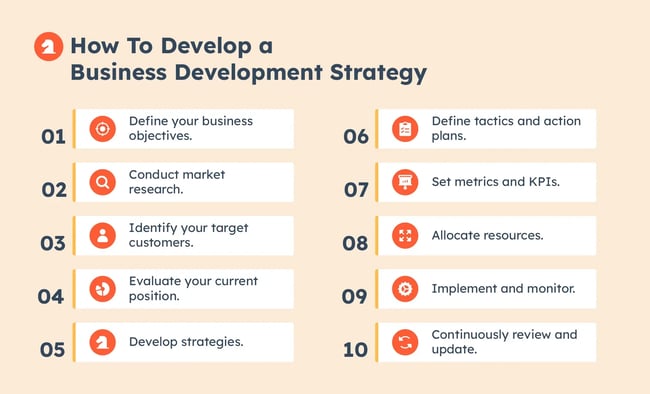
3. Identify your target customers.
Once you’ve done your market research homework, it’s time to zero in on your ideal customers. After all, you can’t please everyone.
I recommend creating buyer personas, which are fictional yet realistic representations of your ideal customers based on data. If you have existing buyer personas, update them based on the insights from the market research.
Pro tip: If you don’t have any buyer personas or need to develop another one for a new audience segment, check out HubSpot’s buyer persona generator. It helps you flesh out your target customers' pain points and motivations.

Next, evaluate the market size, growth potential, and opportunity of each buyer persona. See which buyer personas align with your business objectives and prioritize them accordingly.
4. Evaluate your current position.
Now that you have researched the market and the customers, I recommend taking a long, hard look in the mirror to assess your current position and figure out where you stand.
The best way to do this is with the trusty SWOT analysis — a strategic planning technique used to identify a company’s strengths, weaknesses, opportunities, and threats — to help you determine where you’re at in comparison to your competitors.
Kauffman also shares the same opinion: “Competitive analysis should play a central role in developing the business strategy. It's critical to have a deep understanding of the competitive landscape — not just who the players are but their strengths, weaknesses, positioning, and likely moves."

Once I have the data on the competitive landscape, I start filling out a SWOT analysis template:
-
Strengths. I start by noting whatever our brand is excelling at (i.e., your competitive advantage). For instance, when it comes to HubSpot, we have a strong brand reputation and a loyal customer base. Plus, our content marketing game is on point as well, with thought leadership pieces.
-
Weaknesses. Next up, I highlight the areas where we’re struggling or falling short. For instance, the sheer amount of features in the HubSpot platform might feel overwhelming for new users.
-
Opportunities. I look at the market trends, audience segments, and emerging technologies our brand can leverage. For instance, HubSpot benefits from remote work and ecommerce growth.
-
Threats. Lastly, I check out competitors, markets, and regulations to identify threats that could potentially derail our success. For example, if there’s an economic downturn, businesses might reduce their spending on martech such as HubSpot.
Pro tip: Remember, SWOT analysis isn't a one-and-done deal. So, even if you conducted a SWOT analysis during the startup stage, I suggest doing it again while developing a business development strategy since businesses evolve, markets shift, and customer preferences change over time.
While SWOT analysis provides a bird’s-eye view of the competitive landscape, I believe you can also find many granular but important details about business by taking a deep dive into your sales funnel, marketing mix, and customer experience.
In particular, you can look for clogs in the sales pipeline where potential customers are getting stuck. Or you can review your marketing efforts and see what’s working and what could be improved. Finally, you could ask customers to identify unmet needs.
5. Develop strategies.
Now it’s time to don your strategy hat and craft effective strategies for each department to drive business growth. While the exact strategy depends on your business and its objectives, here’s how it looks for different departments.
Sales
No effective business development strategy is complete without a sales plan. If you’ve already established a sales plan, make sure to unify it with your business development efforts.
Your plan should outline your target audience, identify potential obstacles, provide a “game plan” for sales reps, outline responsibilities for team members, and define market conditions. If you haven’t created a sales plan before, I recommend checking out our free sales plan template.
Besides that, see if you can benefit from any technology improvements in the sales department. For instance, our data shows that 81% of sales professionals found AI to be helpful for reducing manual tasks.
Marketing
If you equate strategic business development to only sales, you’ll lack a steady sales channel to support your business development strategy.
After all, 96% of leads do their own homework before talking to a sales rep. So, if you don’t have marketing content to attract leads, your well-trained sales professionals end up doing, well, nothing.
According to Kauffman, it's a prevalent issue. “Failing to have marketing expertise at the table from the very beginning, when initially planning and developing the product or business, is another common pitfall. Marketing should not be an afterthought — it needs to be deeply embedded in the overall strategy from day one."

I recommend cooking up some marketing strategies to:
-
Resonate with the target audience. Identify appropriate channels, customize messaging, and personalize content to develop a marketing mix that aligns with the target customers’ preferences and behaviors.
-
Educate the audience. Don’t assume everyone will immediately “get” it. Instead, use marketing to attract, engage, and explain what you offer.
-
Increase brand visibility. Up to71% of prospects prefer doing research independently without talking to a sales professional, so I recommend using search engine optimization (SEO) and social media marketing to build a trustworthy brand.
Customer Success
While it might appear that business development means getting more customers, it doesn’t have to be the case. You can also get more business from your existing customers since you’ve already earned their trust. In fact, our data shows that 72% of a company's revenue comes from existing customers.
While there are several ways to gain customers' trust, I recommend establishing a personal connection instead of relying on coupons, discounts, or free perks.
For instance, you can listen to customers’ feedback and improve your product to fully win them over to your side.

Image Source
Paul L. Gunn Jr., founder of the KUOG Corporation, agrees, saying that the “heartfelt action to go beyond the transactional to deliver a solution that speaks to the intangibles anchors them to often support a long-term relationship and make significant tangible impact."
6. Define tactics and action plans.
Once you’ve got your strategies in place, it’s time to get tactical. I recommend you start with identifying key initiatives and projects that will bring your strategies to life.
If you’ve already filled out our free sales plan template, your sales team will be well and ready. If you haven’t, start doing so by assigning roles, tasks, and responsibilities to everyone on the team. For fleshing out your marketing strategy, I like using HubSpot’s free marketing plan template.
If you like to work without a template, ensure your action plans include information on the following:
-
Tasks. Let the team members know what they’re responsible for, who the lead is, and what’s required of them.
-
Timeline. Instead of going with “we'll get it done when we get it done,” set realistic milestones and deadlines for each initiative to keep everyone on track and accountable.
-
Budgets. Since money doesn’t grow on trees, you need to be smart about where you allocate your resources. Instead of blowing your entire budget on a flashy marketing campaign, put money into initiatives that will truly move the needle.
7. Set metrics and KPIs.
If you can’t track your progress, you cannot know if your business plan for development is working. That’s why setting clear metrics and key performance indicators (KPIs) is so important — it’s basically a scoreboard for your business development efforts.
To start, identify the specific metrics that align with your business objectives and strategies. I usually find the following metrics incredibly insightful:
-
Customer acquisition cost (CAC). CAC tells you how much you’re spending to attract new customers. By optimizing your marketing and sales, you can lower your CAC.
-
Conversion rate. Conversion rate measures the effectiveness of different marketing and sales processes, such as how many customers took a desired action.
-
Win rate. Unlike conversion rate, win rate deals only with sales opportunities. It’s a percentage of how many sales opportunities your sales team successfully closed — which provides insights into your sales progress.
-
Net promoter score (NPS). NPS measures customer satisfaction with your brand or how likely they are to recommend your brand to others.
-
Customer lifetime value (CLV). CLV, also called LTV, helps businesses understand the total revenue they can expect from a single customer.
Gauri Manglik, CEO of Instrumentl, especially recommends tracking LTV to SaaS companies: “The key is that LTV captures both revenue and engagement over time, not just a snapshot. So rather than looking at new sales in isolation, I always encourage SaaS companies to make LTV their north star metric for business development.”

Pro tip: After identifying the relevant metrics or KPIs, you can also set SMART goals for each to make tracking easier. Plus, you can create dashboards to visualize the progress against the KPIs. It’ll make it easy for team members to see how they’re doing and what they need to improve.
8. Allocate resources.
While I’ve already mentioned resource allocation during action plans, you must also approach resource management in a big-picture mode to execute your business development strategy seamlessly.
I recommend prioritizing the initiatives based on their potential impact and alignment with your business objectives. In other words, focus your resources on the areas that give you the most bang for your buck.
Beyond that, you must also take a hard look at your current resources. If you have any gaps in skills, expertise, or technology, fill those gaps first — by hiring new talent, investing in training, or getting a new tool.
For example, 63% of sales leaders share that AI makes it easier for them to compete with other businesses, so you might also improve your sales metrics by adopting an AI-powered sales solution.
Additionally, resource allocation isn’t a one-and-done deal (like other things on this list), so keep a close eye on the ROI of different initiatives outlined in your business development plan and shift your resources as required. If something isn’t working, don’t be afraid to try a different approach.
9. Implement and monitor.
Since you’ve got a solid plan, a team of do-ers, and enough resources to pull it off, it’s time to put all the strategizing and planning into action and watch the magic happen.
First things first, ensure all your plans have reached the shop floor — everyone knows their role and has the tools they need to crush it. Plus, don’t forget to keep the communication lines open as situations arise to be on top of your game and fix the issue right there and then.
And once you have kicked things off, keep your fingers on the pulse and track your progress against the metrics and KPIs. It’s like checking your GPS in a new city to ensure you’re staying on course.
Lastly, remember to celebrate your wins along the way — whatever size they might be — to keep the team motivated and engaged for the long haul.
10. Continuously review and update.

Since markets evolve, customer trends change, and competitors improve, a business development strategy is never a finished document. Instead, you must keep reviewing and updating your strategies to generate new business for your brand.
Here’s how I approach it:
-
Conduct regular check-ins. Assess your current strategies regularly. Are you hitting your targets? Are there any areas that require improvement? Ask tough questions and adjust if required instead of sitting idly.
-
Collect market intelligence. Instead of only relying on internal feedback, stay up-to-date with market trends, customer needs, and competitor activities. Use that knowledge to update your strategies and tactics.
-
Ask customers for feedback. Your customers should be the center of your attention as they provide specific insights, relevant ideas, and word-of-mouth referrals.
Business Development Strategy Example
While navigating all the moving parts of a business development strategy might appear confusing, here’s an example of a business development strategy I put together for an ecommerce store, “GreenThreads,” which sells eco-friendly clothing and accessories.

Business Objectives Example
Increase online sales revenue by 25% within the next 12 months by expanding product range and implementing targeted marketing campaigns.
Market Research Example
Target Customer Persona Example
Meet “Eco-Conscious Sam,” a 24-year-old urban professional who values sustainability and ethical consumption. She‘s always on the lookout for fashionable clothing and accessories that align with her values, and she’s willing to pay a bit more for high-quality, eco-friendly products. Sam is active on social media and loves to share her favorite sustainable brands with her followers.
SWOT Analysis Example
-
Strengths. GreenThreads is like the superhero of sustainable fashion, fighting fast fashion with its eco-friendly powers and ethical production processes. With a user-friendly online platform, it makes it easier for customers to shop with a clear conscience.
-
Weaknesses. GreenThreads’ prices may be higher than those of its fast-fashion competitors. The limited product range might limit the options for customers.
-
Opportunities. With sustainable fashion becoming the talk of the town, GreenThreads has the chance to win over eco-conscious consumers. Partnering with influencers and expanding globally could make GreenThreads the world’s most wanted (in a good way!).
-
Threats. GreenThreads faces fierce competition from other eco-friendly brands. Plus, the volatile economic environment forces many customers to prioritize penny-pinching over planet-saving.
Action Plans Example
-
Product expansion. GreenThreads will develop a line of eco-friendly accessories to complement clothing offerings.
-
Marketing. GreenThreads will use user-generated content and eco-friendly influencer partnerships to launch targeted social media campaigns.
Metrics and KPIs Example
GreenThreads will measure:
- Sales revenue.
- Product performance.
- Customer acquisition cost (CAC).
If GreenThreads hits the 25% sales revenue, they can pat themselves on the back. Plus, product performance and CAC will tell GreenThreads how effective they were in expanding the product range and their marketing efforts.
Budget Allocation Example
-
Marketing. $50,000.
-
Influencer partnerships. $20,000.
-
Product expansion. $115,000.
Create a Strategic Business Development Plan
With a strategic business development plan, you‘re not just throwing darts blindfolded and hoping for the best. You’re investing your precious resources, time, and hard-earned money into initiatives that'll knock the socks off your short-term and long-term goals alike.
But don’t take my word for it. Sit down with your team, break out the snacks, and start brainstorming your own master plan to set your business up for long-term success.
Editor's note: This post was originally published in May 2023 and has been updated for comprehensiveness.









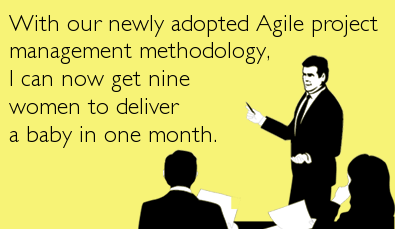




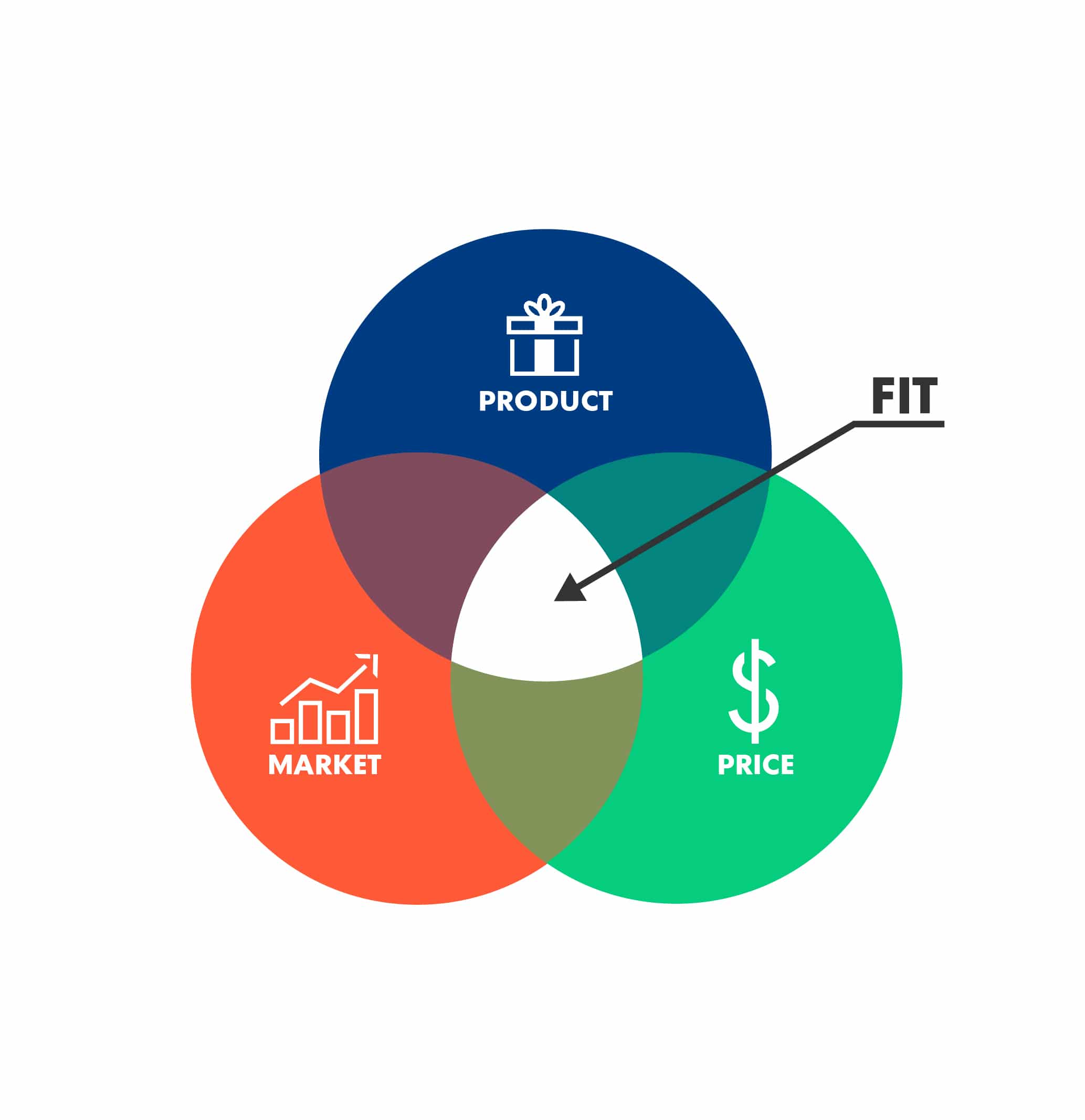


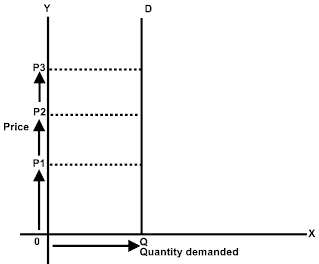
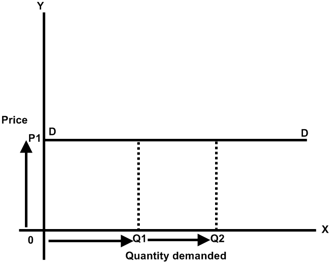










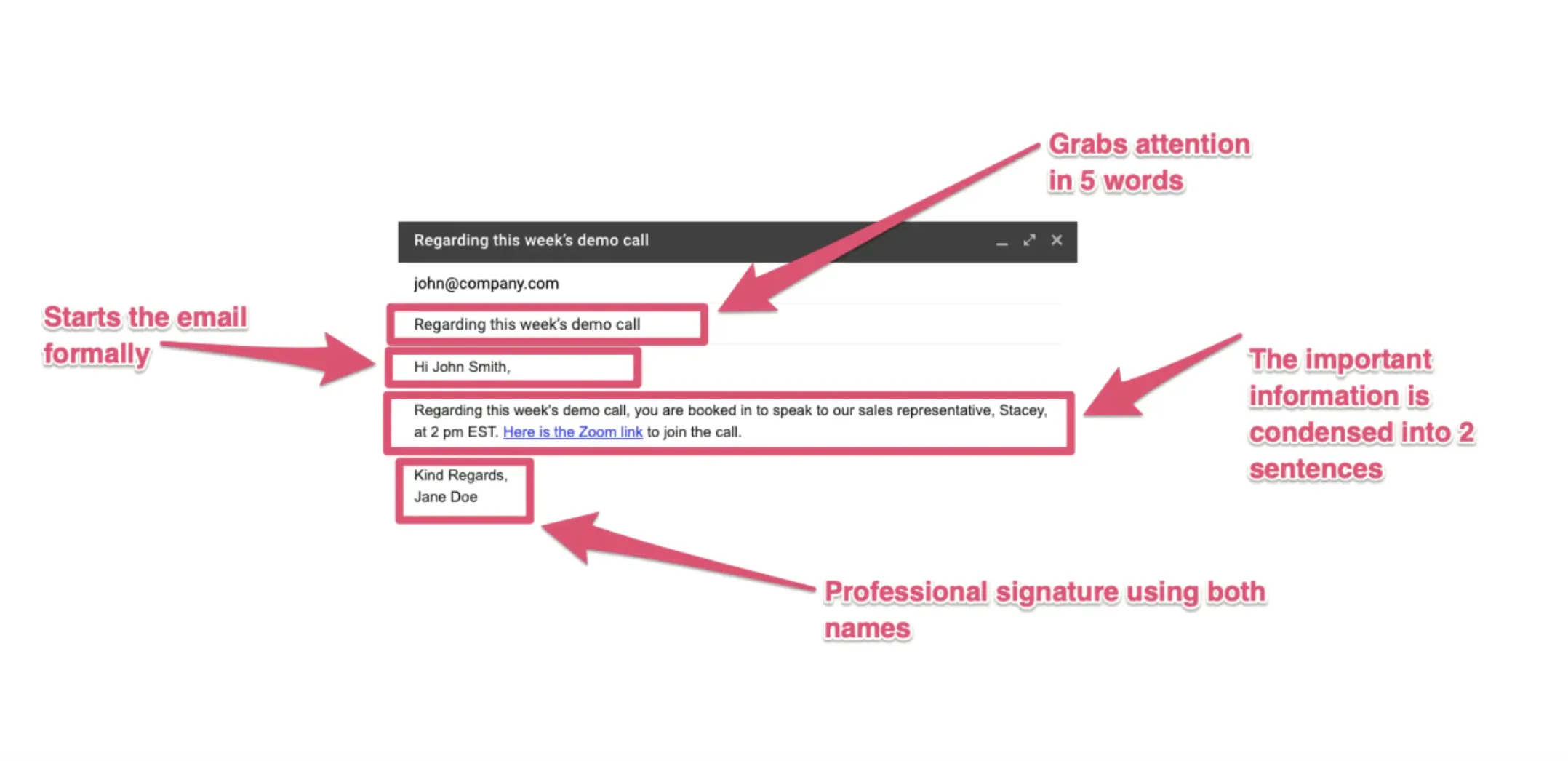


.webp)



















